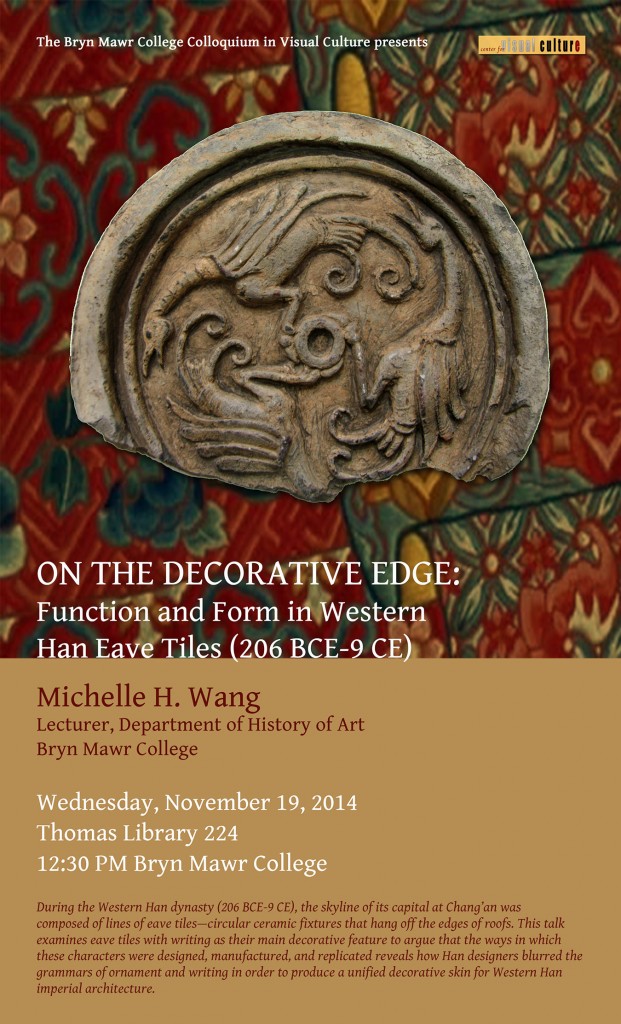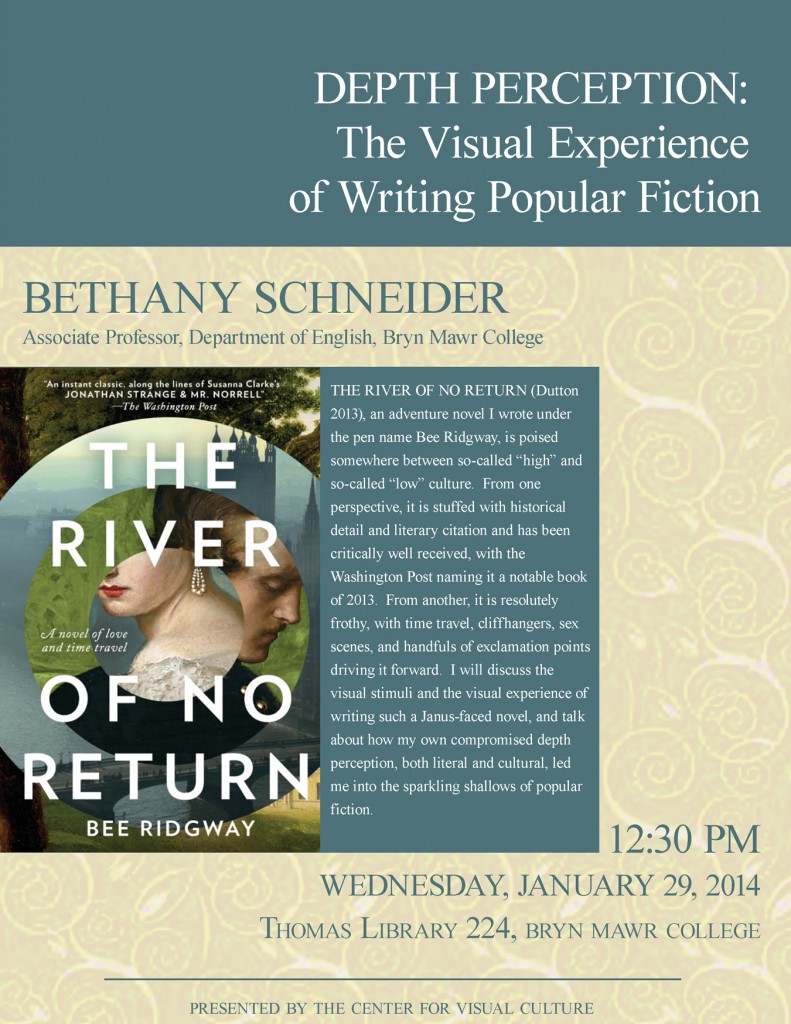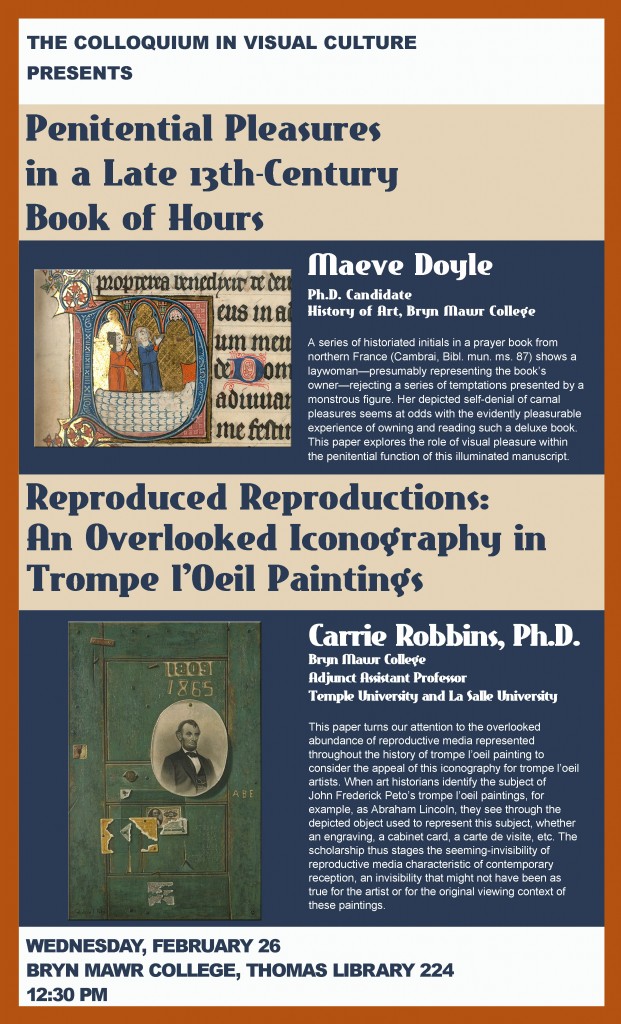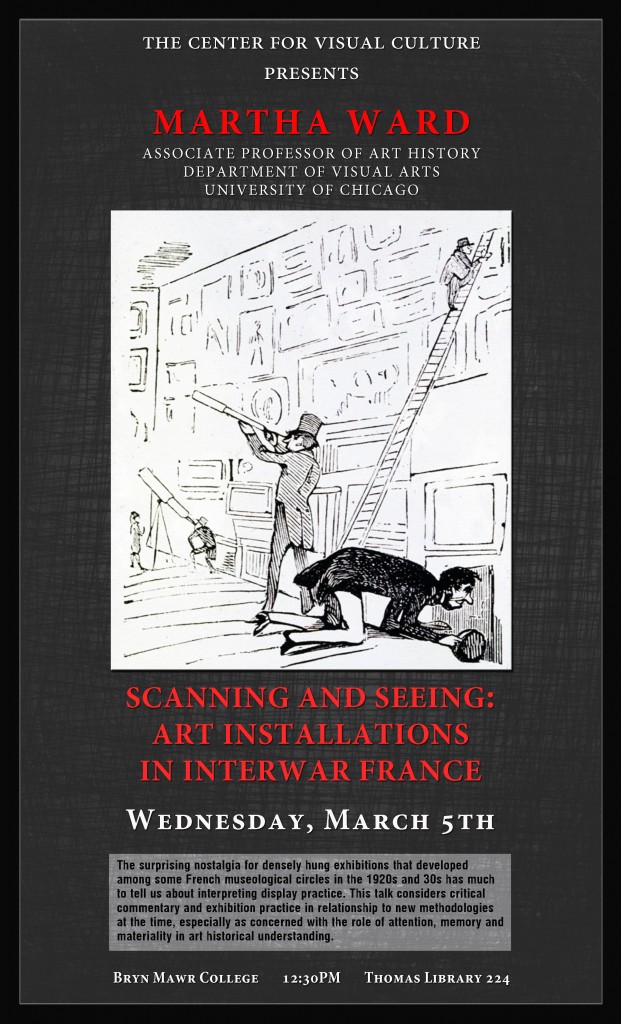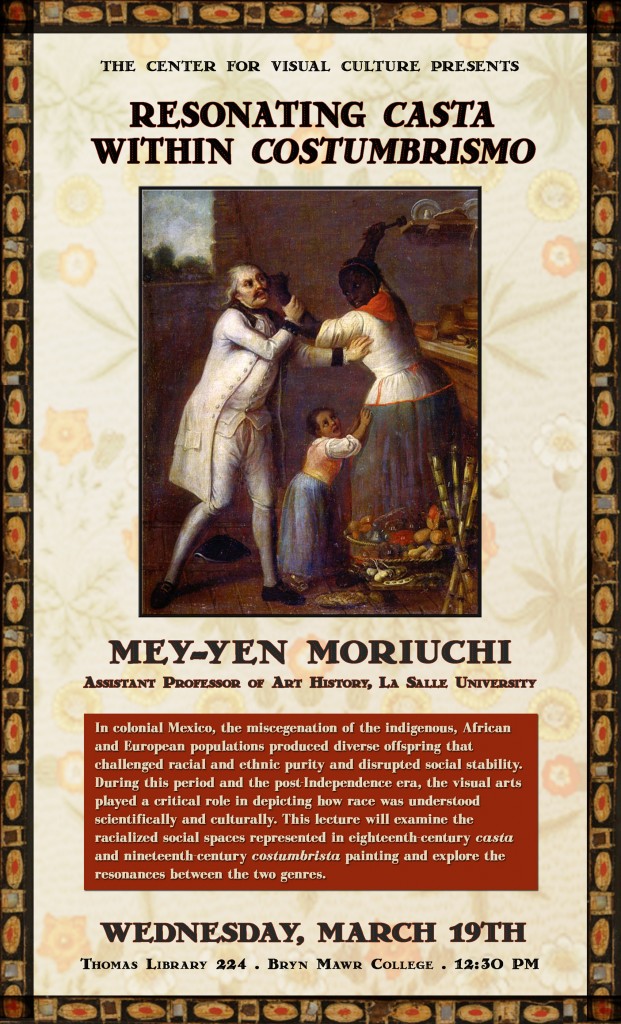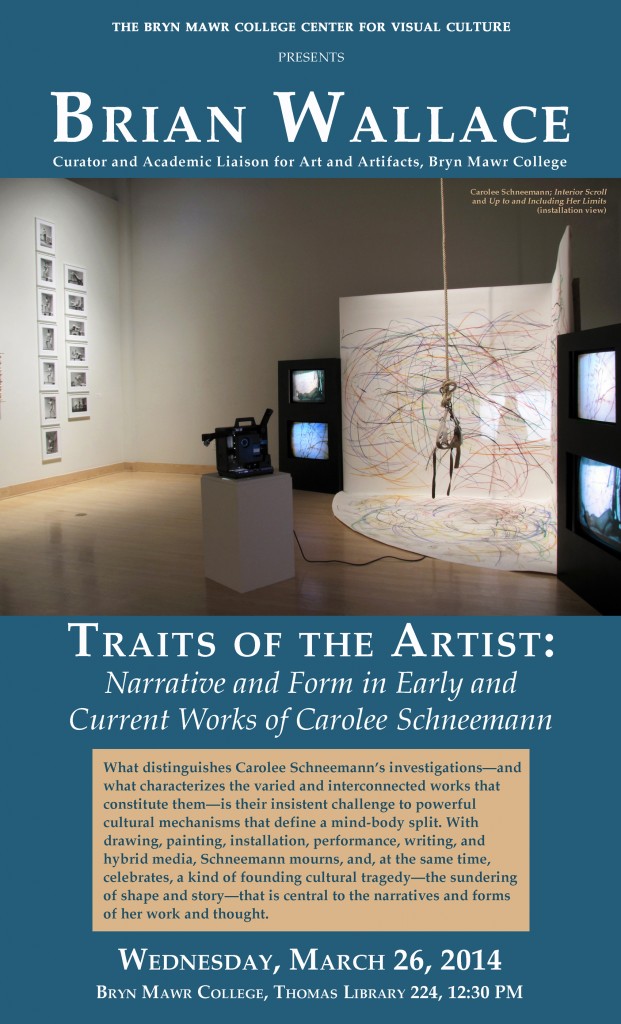Maeve Doyle, Ph.D. Candidate
History of Art, Bryn Mawr College
“Penitential Pleasures in a Late 13th-Century Book of Hours”
A series of historiated initials in a prayer book from northern France (Cambrai, Bibl. mun. ms. 87) shows a laywoman—presumably representing the book’s owner—rejecting a series of temptations presented by a monstrous figure. Her depicted self-denial of carnal pleasures seems at odds with the evidently pleasurable experience of owning and reading such a deluxe book. This paper explores the role of visual pleasure within the penitential function of this illuminated manuscript.
Carrie Robbins, Ph.D.
Bryn Mawr College
Adjunct Assistant Professor
Temple University and La Salle University
“Reproduced Reproductions: An Overlooked Iconography in Trompe l’Oeil Paintings”
This paper turns our attention to the overlooked abundance of reproductive media represented throughout the history of trompe l’oeil painting to consider the appeal of this iconography for trompe l’oeil artists. When art historians identify the subject of John Frederick Peto’s trompe l’oeil paintings, for example, as Abraham Lincoln, they see through the depicted object used to represent this subject, whether an engraving, a cabinet card, a carte de visite, etc. The scholarship thus stages the seeming-invisibility of reproductive media characteristic of contemporary reception, an invisibility that might not have been as true for the artist or for the original viewing context of these paintings.

